«A book, which is not just any book, that documents a particular and interesting moment», was presented this Tuesday at Escola Secundária Tomás Cabreira, in Faro.
However, this book, the catalog of the exhibition promoted last summer by the association 289, with the curatorship of Pedro Cabrita Reis, quickly moved into the background, when the artist, in conversation with the students, took it to the center of the debate. themes like art, dreams and the need not to give up on them.
Pedro Cabrita Reis was a teacher in Portimão in the 80's, and maybe that's where he was free to talk to young people. Even because, despite his past as a teacher, he has no problem admitting that “school is a nuisance”.
However, this “nuisance” is necessary because, as I said to the students, “you are here to learn and the more you learn, the more curious you will be. The only way to be people is through knowledge».
This meeting between Pedro Cabrita Reis, some of the artists that make up the 289 and about 100 students, happened because of a special book and that was the starting point of the session.
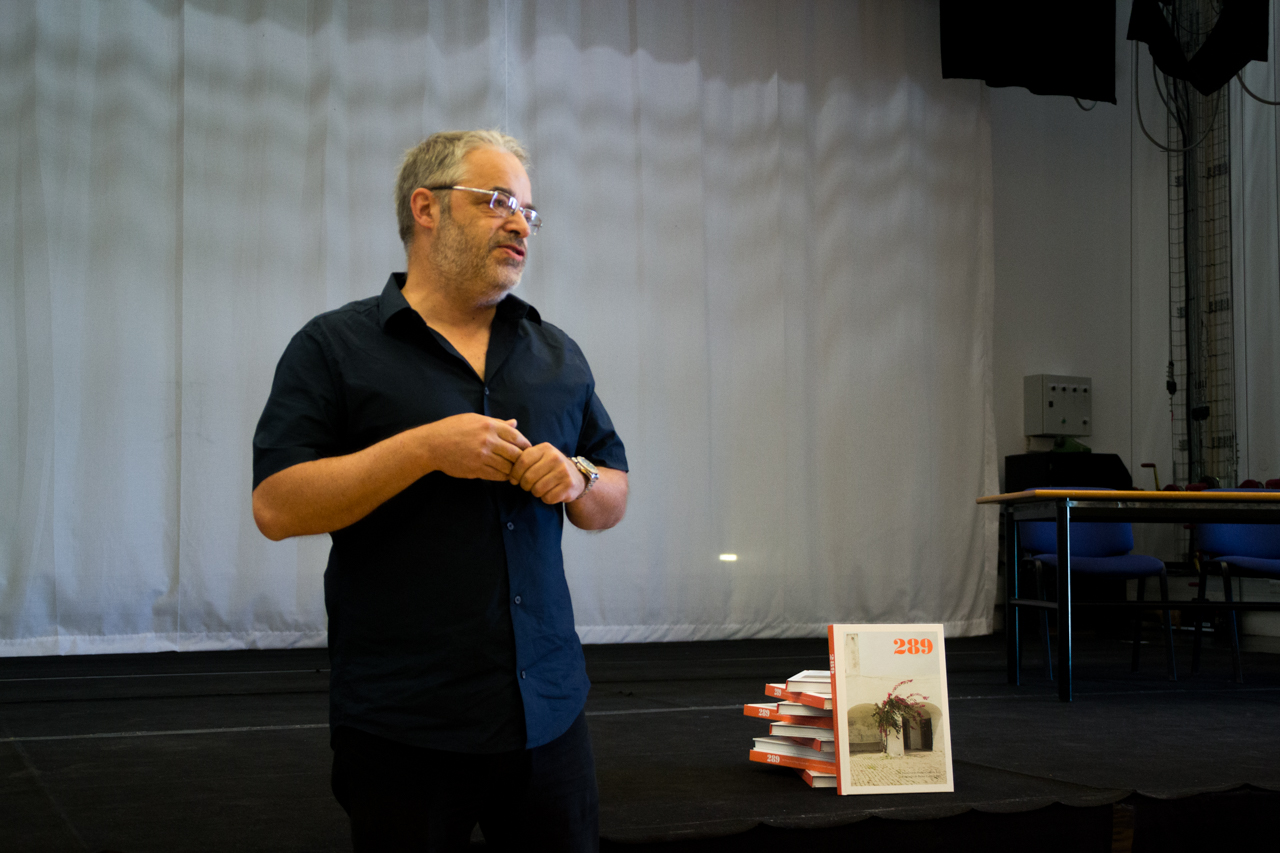
Tiago Batista, from 289, recalled that «Pedro Cabrita Reis accepted the “daring” invitation to do an exhibition at 289. And he did an exhibition that was supposed to have 20 artists, but there were 80. He managed to do something very special and put it together in Faro, the great names of contemporary art in Portugal. It is a moment that can be repeated, but it is difficult».
Tiago Batista continued his presentation until he said that students "go to school to learn". There, he was interrupted by Pedro Cabrita Reis: "they go to school because they have to." The audience laughed, applauded and was won over.
So, the artist took over the “restraints” of the conversation, starting by talking about the exhibition and how it was created by a young association, with few sources of income.
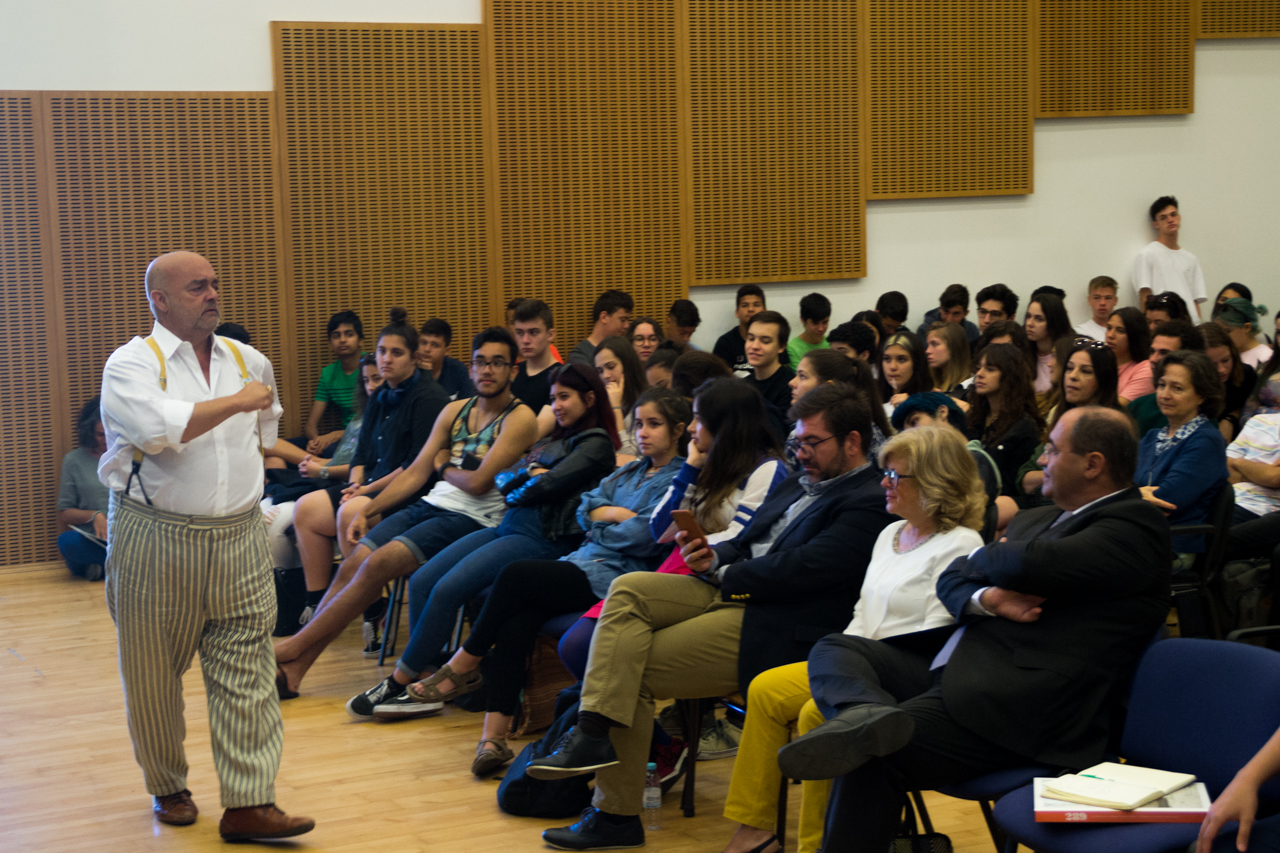
«It's not worth crying for the lack of conditions, what we have to have is a combative, productive attitude, and a thought that leads us to achieve. We are not just talking about an exhibition or the artists, we are talking about a way of being in life. That must be what guides us. We must not, under any circumstances, abdicate what moves us inwardly. Isn't there someone who has any dream?”, he asked.
Afterwards, Pedro Cabrita Reis made an appeal: «you hope that young people are not ashamed of being young and use their youth as a weapon, which is nothing more than something sent to reject what we do not want» .
Little by little, the students lost their shame and began to interact, not only with Pedro Cabrita Reis, but also with the 289 artists, who were called to the front of the audience.
There were questions and sharing of stories. One of them, told by Tiago Batista, was about an artist who lived his childhood, literally, under the bridge, but who, due to his perseverance, thrived in the art world. The question arose: "Is there anyone here who lives under the bridge?"
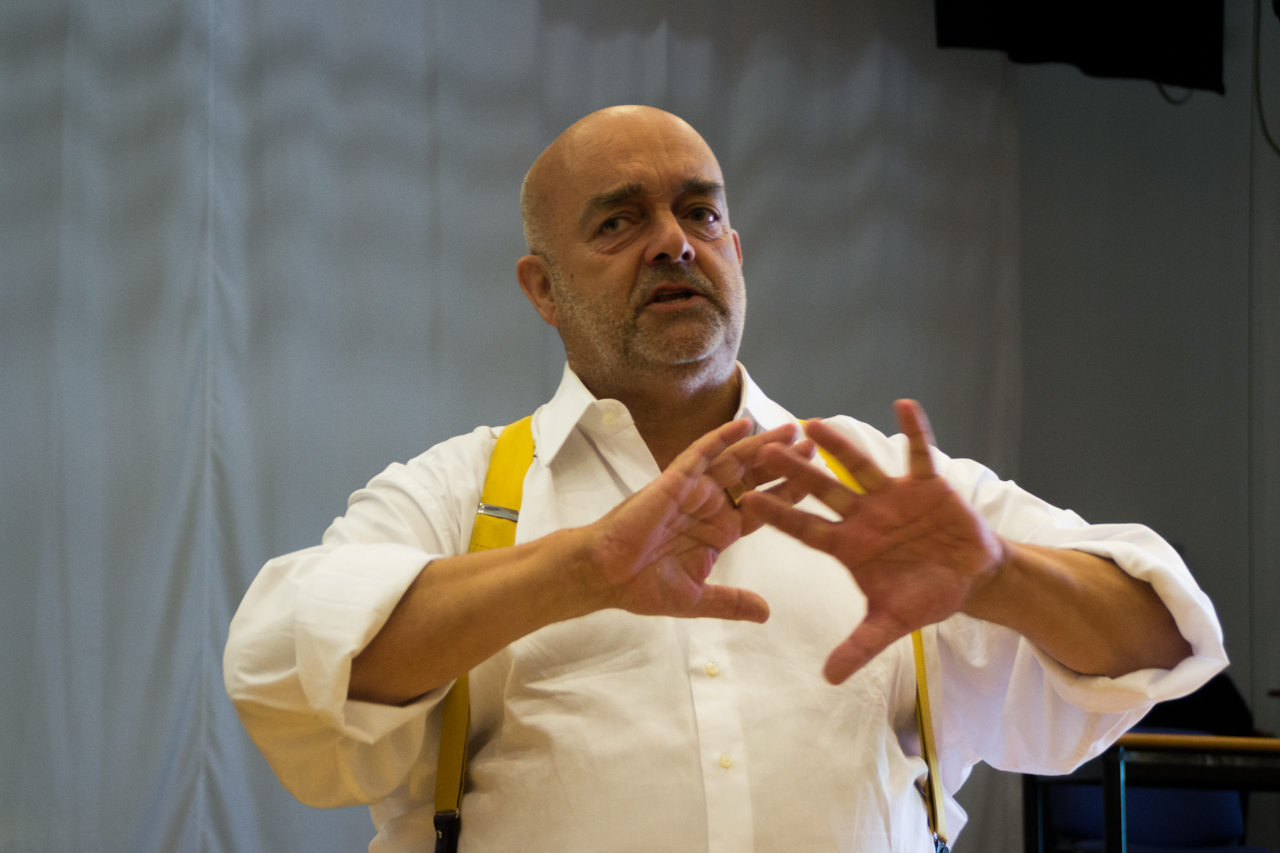
Then, Afonso, a young man who, from an early age, helped his parents in agriculture, always with the dream of becoming a designer, got up. Afonso's dream was not well received by the family, who did not think that this would be the best future for their son.
After a frustrated experience in the field of Science, the young man, after several discussions, heard a question from his father that would end the conflict: “son, what is design?”. Afonso replied and is now studying Communication Design.
Rogério Bacalhau, president of the Chamber of Faro, who is also used to talking to young people, also a former teacher, was “introduced” to the students by Pedro Cabrita Reis and thanked the artist for the “great moment” he provided. “He did what artists do: make us think about our dreams, about how to get out from under the bridge, about our reality”.
The mayor also highlighted the example of Afonso who “got what he wanted, because he didn't give up. He made people he loves and respects understand his point of view, talking to them, convincing them. This is to say that you should try to be yourself” and “it's not worth doing things you don't like”.

At the end of the session, the feeling of the 289 Association was one of accomplishment. Tiago Batista explained to Sul Informação that “this is one of the association's objectives: to create new audiences, which have to be created at these ages. For that, we have to come to secondary school, that was our idea».
For the person responsible for 289, “it is very difficult to bring people to culture and young people have a differentiating factor: they are old enough to be amazed by things. It is important for them to be aware of other things they can do in life, in addition to what is scheduled. A path that is not to slavery, to the hours of nine to five, in precarious work. So they realize that there are other worlds they never thought they could find in life».
Pedro Cabrita Reis agrees with this view. “Young people are not related to art, but they have an extraordinary capital, because they are young and may eventually become interested. Hope cannot be formatted. We have to be curious and patient for them to reveal themselves».
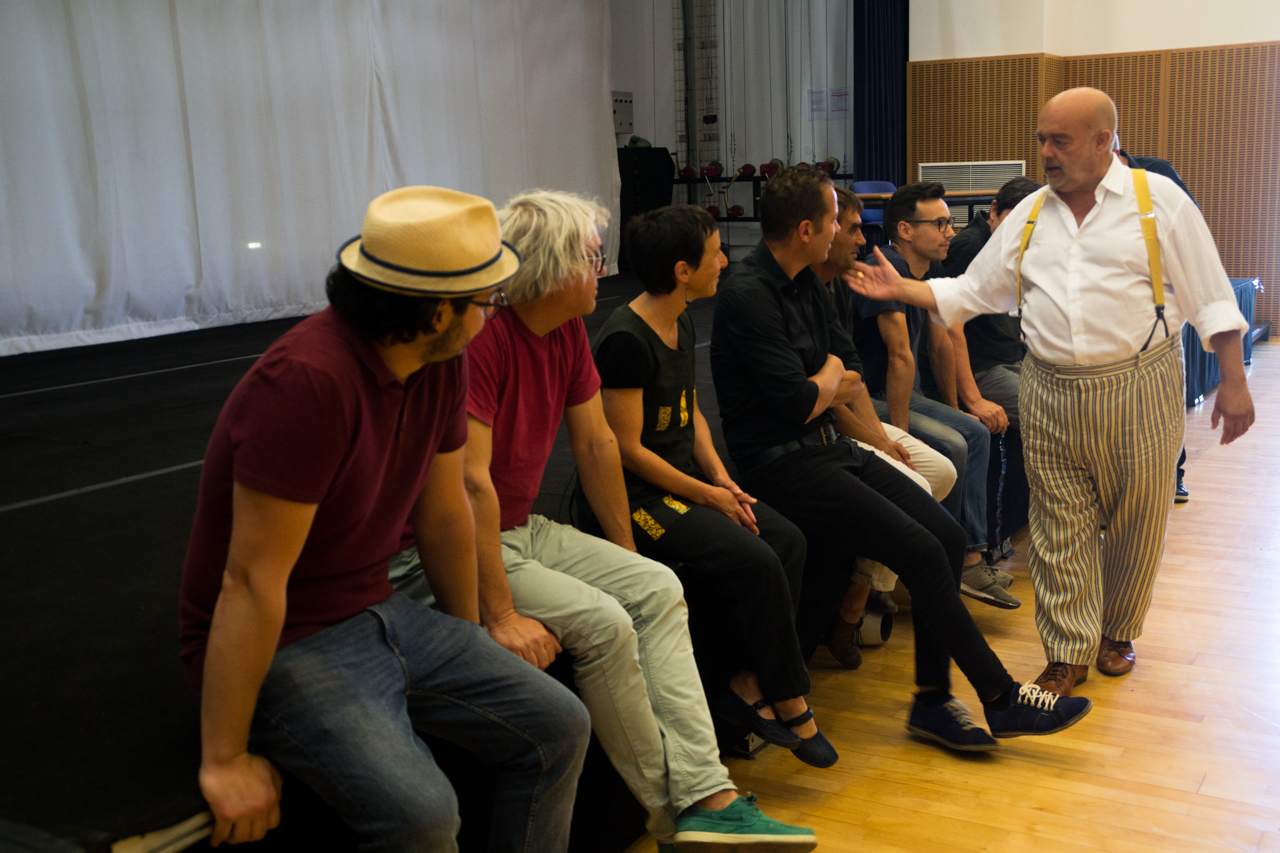
For that, an important role of the school is needed, because this is where “everything else starts. What will later be society. From here come the artists and scientists. The school is the perfect form of what would be a utopian model for society. If the school is perfect? It is not. The school is a microcosmic laboratory of what society is. It has the diseases, weaknesses and strengths of the country's social context».
With regard to young people, “we have to do what we can, not to create automatons or replicas, but to create curiosity about what exists. The school has to inform young people of the importance of being open to the world. It's not just teaching equations and drawings, it's deeper. It is to build the thought of curiosity».
The generation of young people who listened to Pedro Cabrita Reis, this Tuesday, is different from the generation of 80, who attended the artist's classes when he was a teacher.
However, the differences are only 'in context. These young people may listen to other music, wear different clothes, live in a different way, but what persists beneath appearances is their age. This is the age of generosity, of rebellion, of wanting to change things. Dressed in a suit and tie or in torn jeans, with hair dyed purple or a little hairstyle on the side, they are always young. And this is precious time. We have to do, during that time, something that makes them great inwardly, in thought, in the soul, in solidarity and in citizenship», he concluded.
The exhibition catalog costs 25 euros and is on sale at Associação 289, in the Municipal Library of Faro, at the Municipal Museum of Faro and in specialized bookstores.
Photos: Nuno Costa|Sul Informação
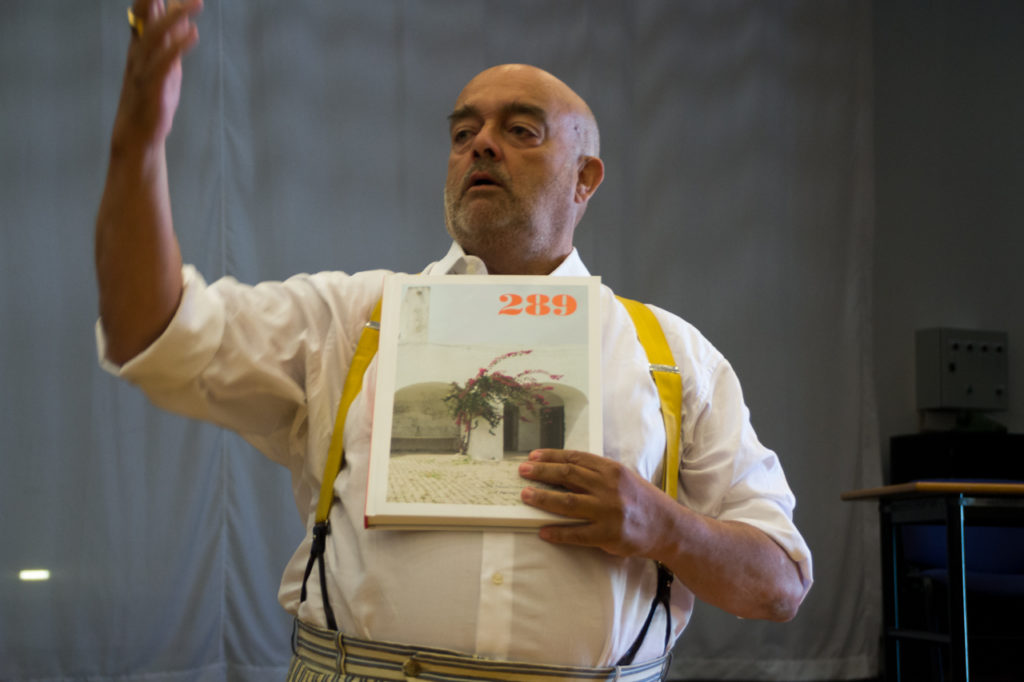
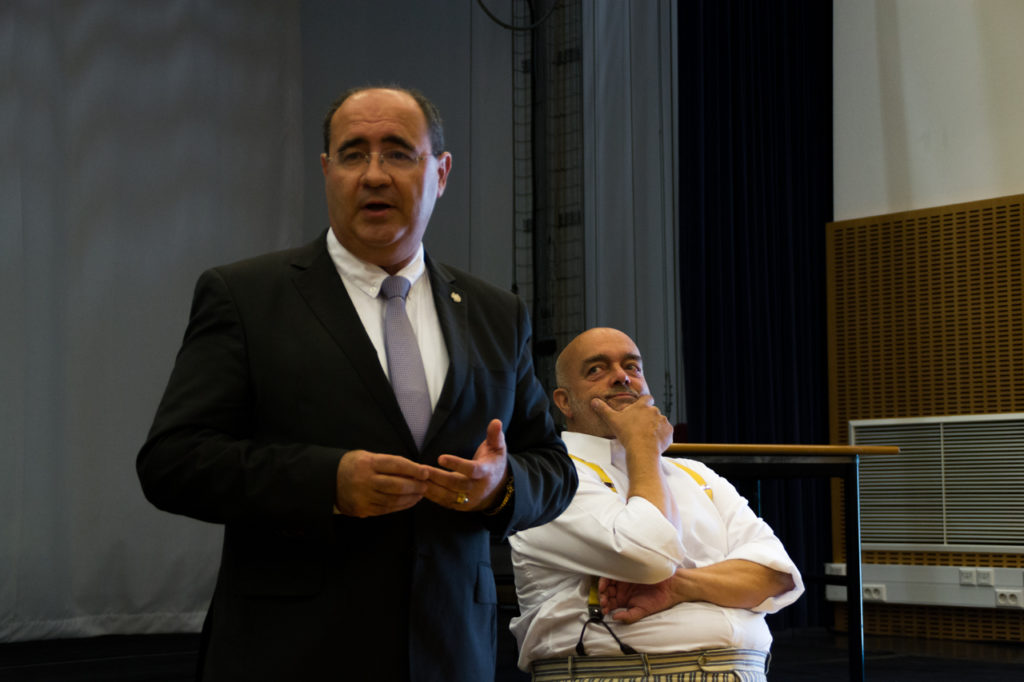

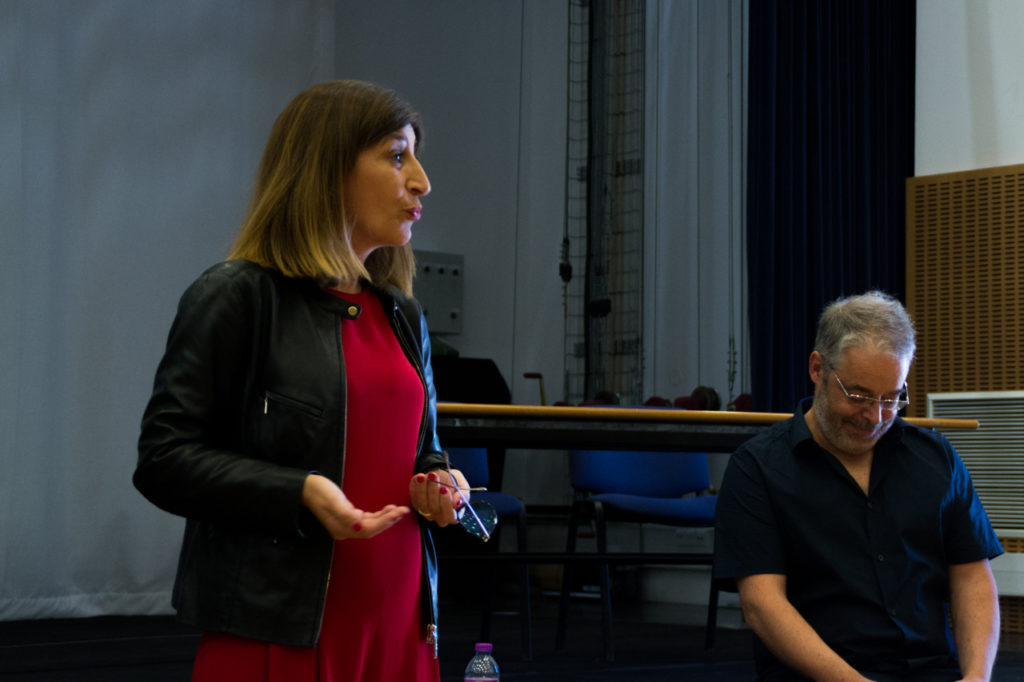
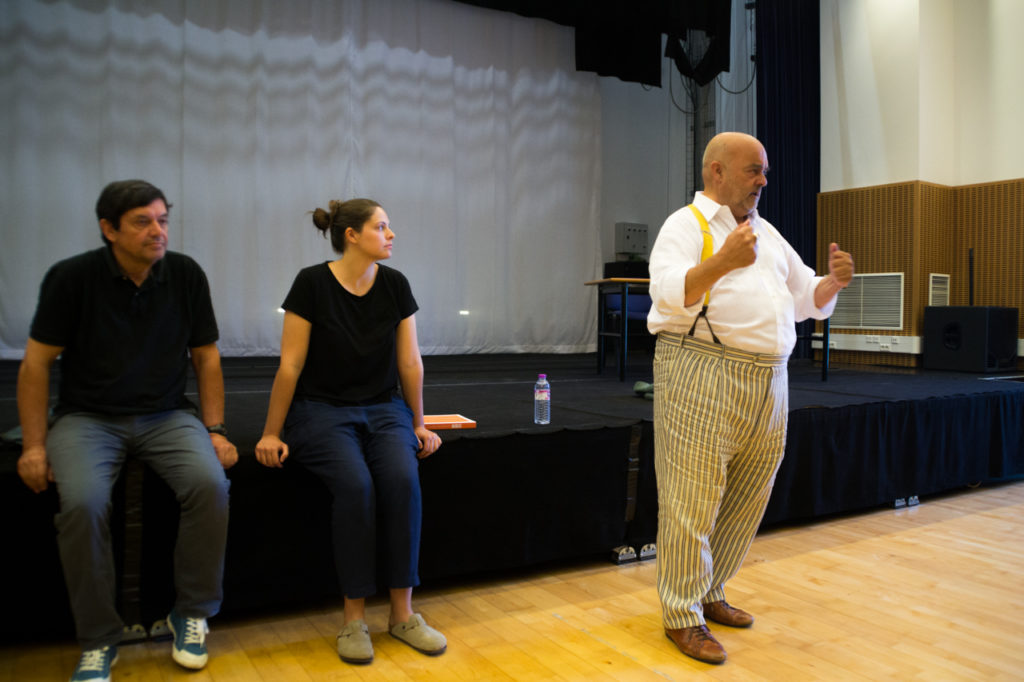
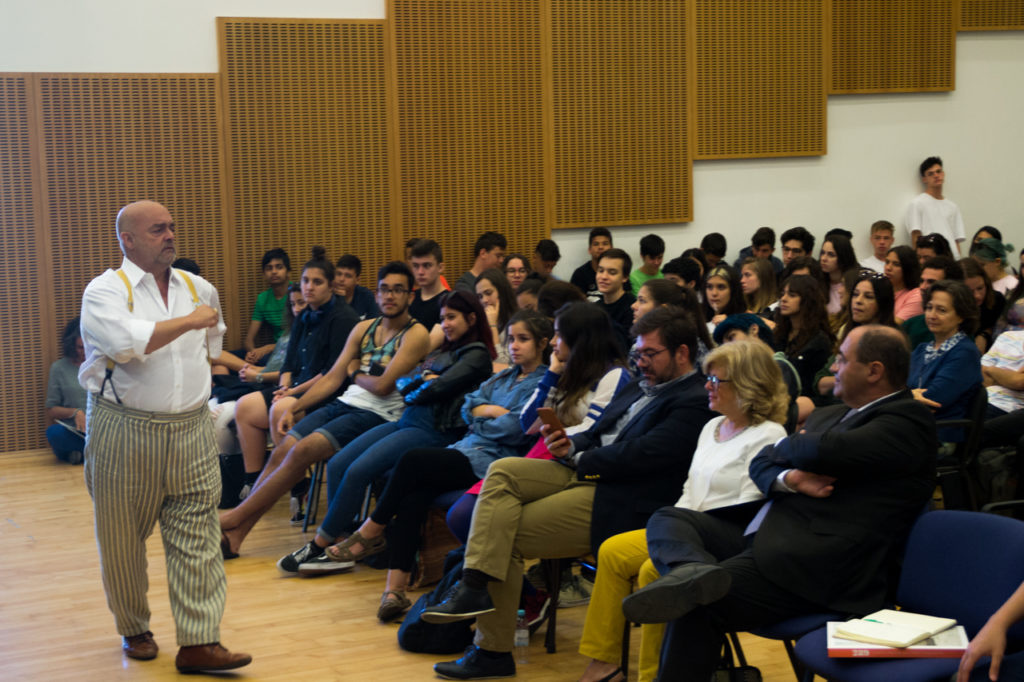
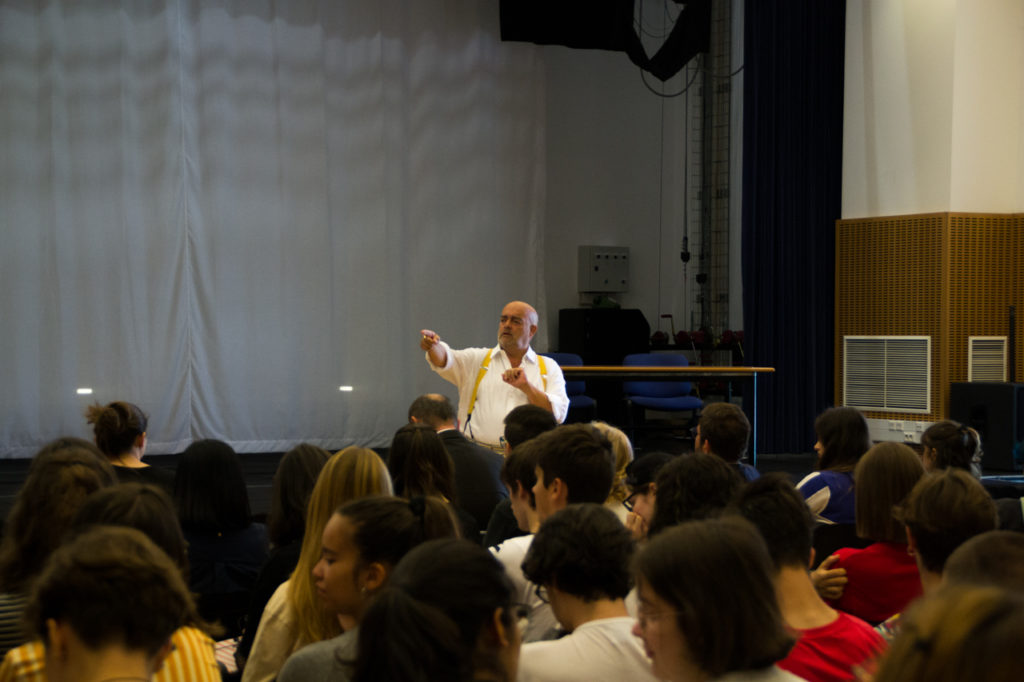
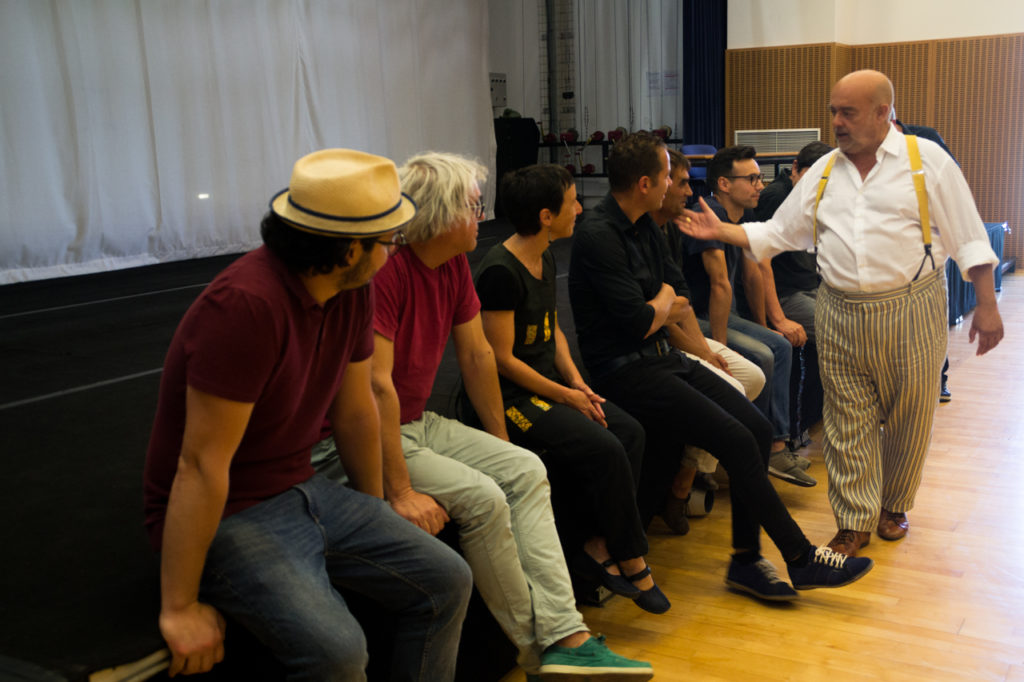
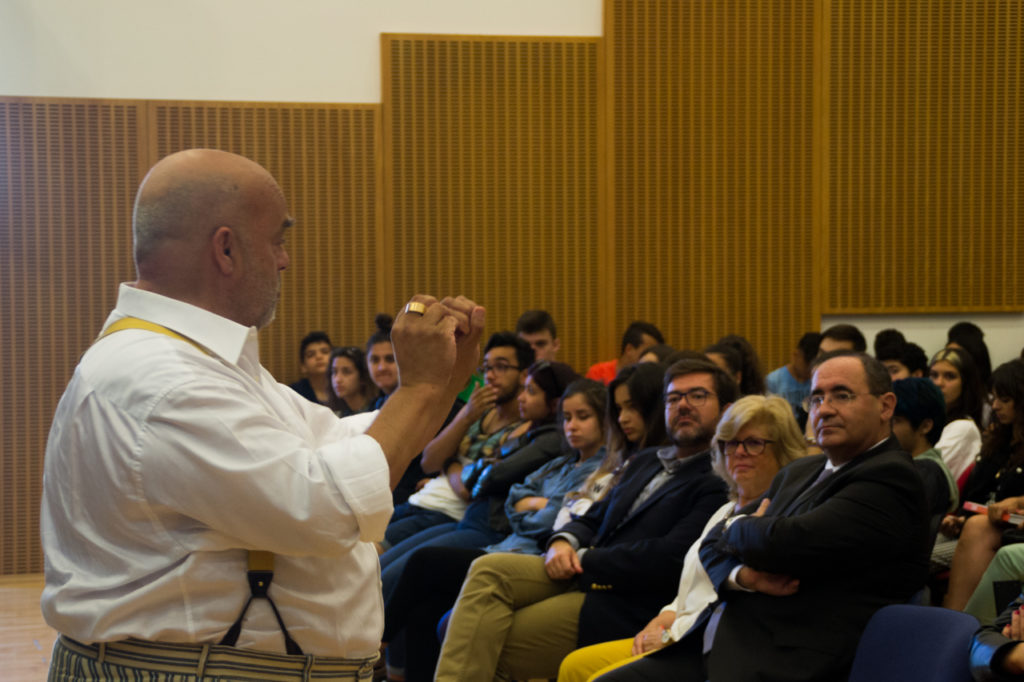
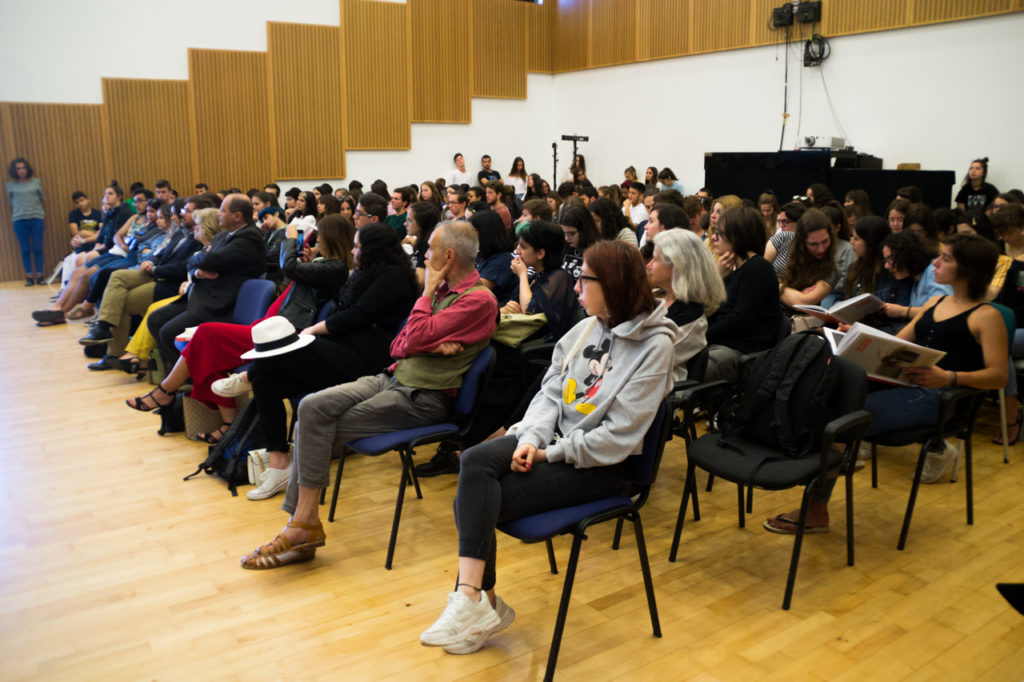
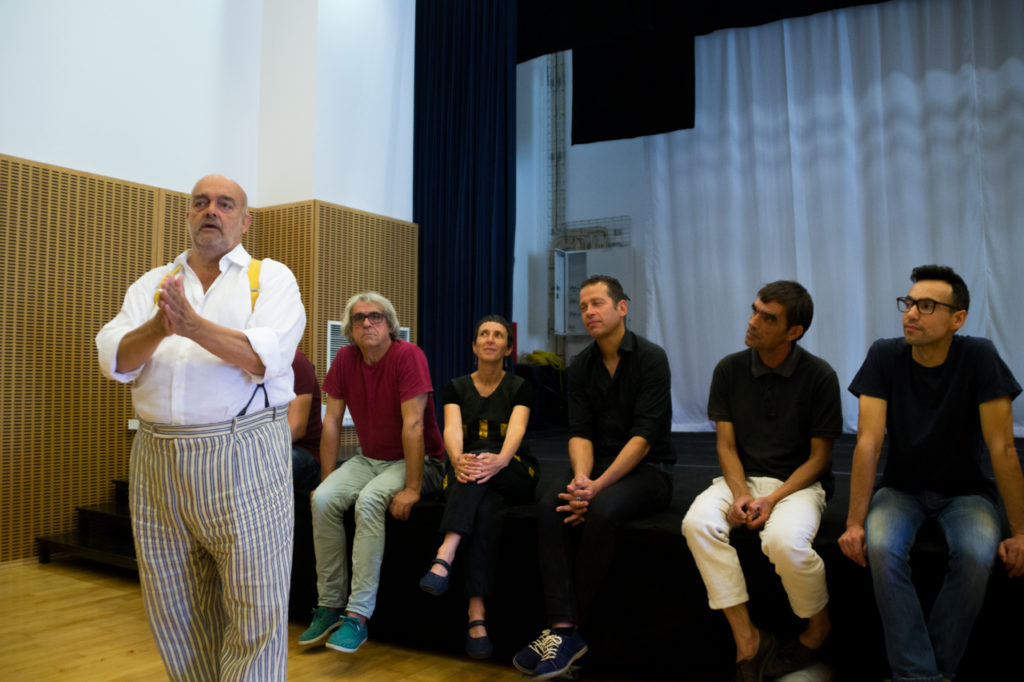
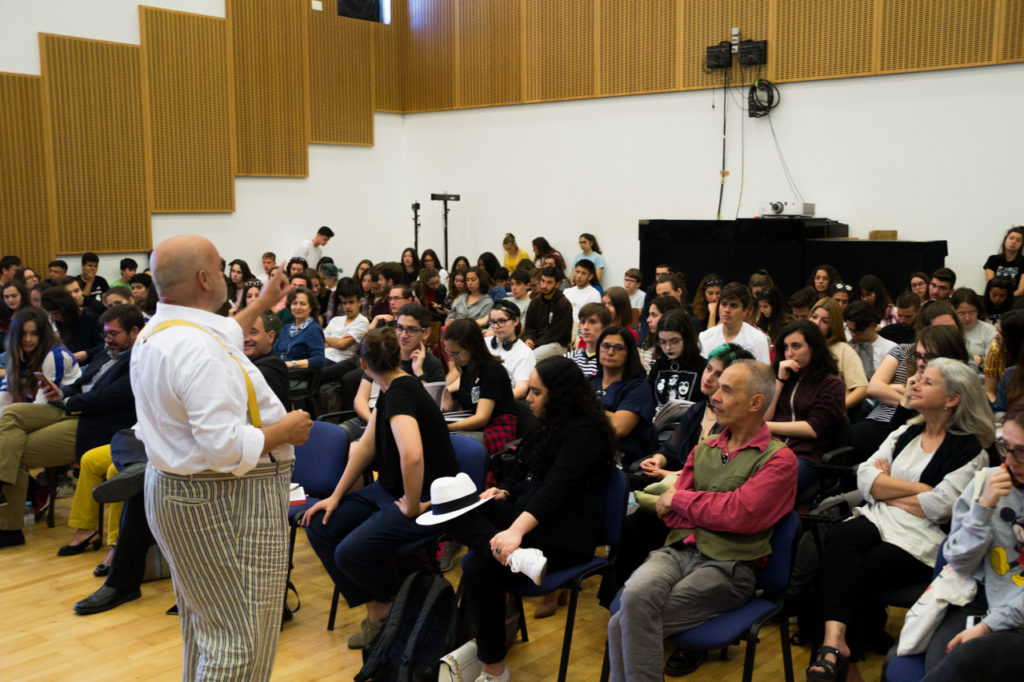
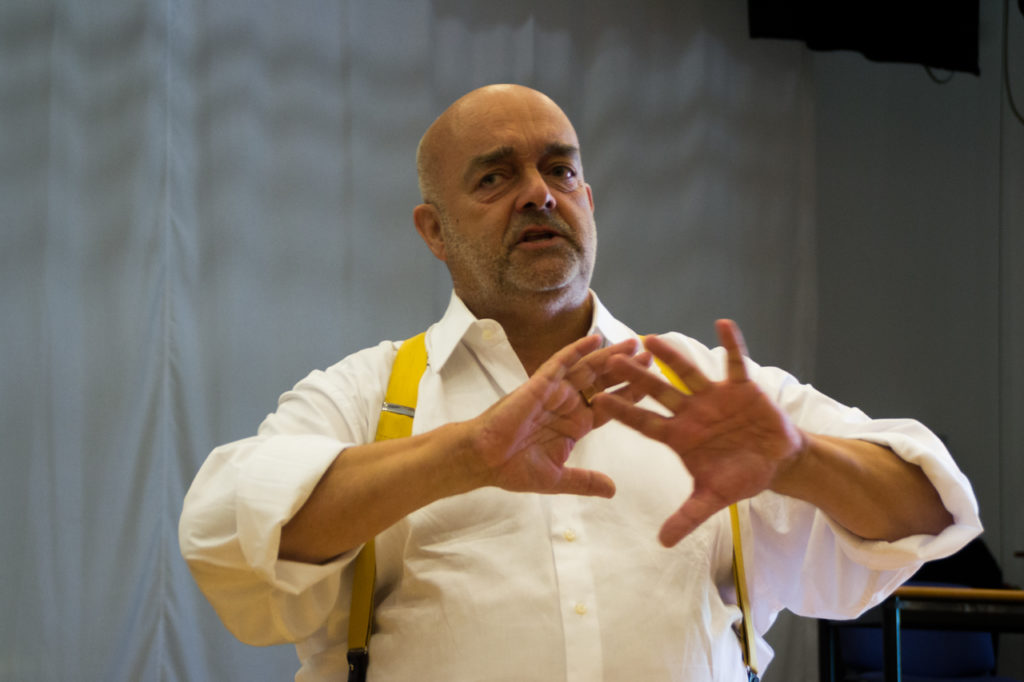
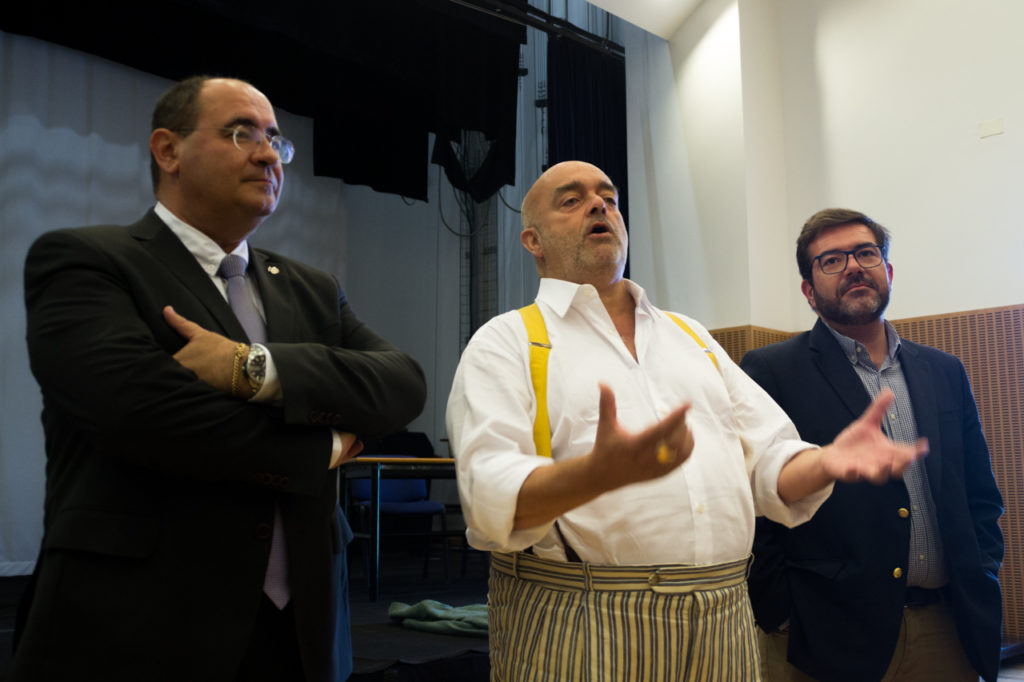
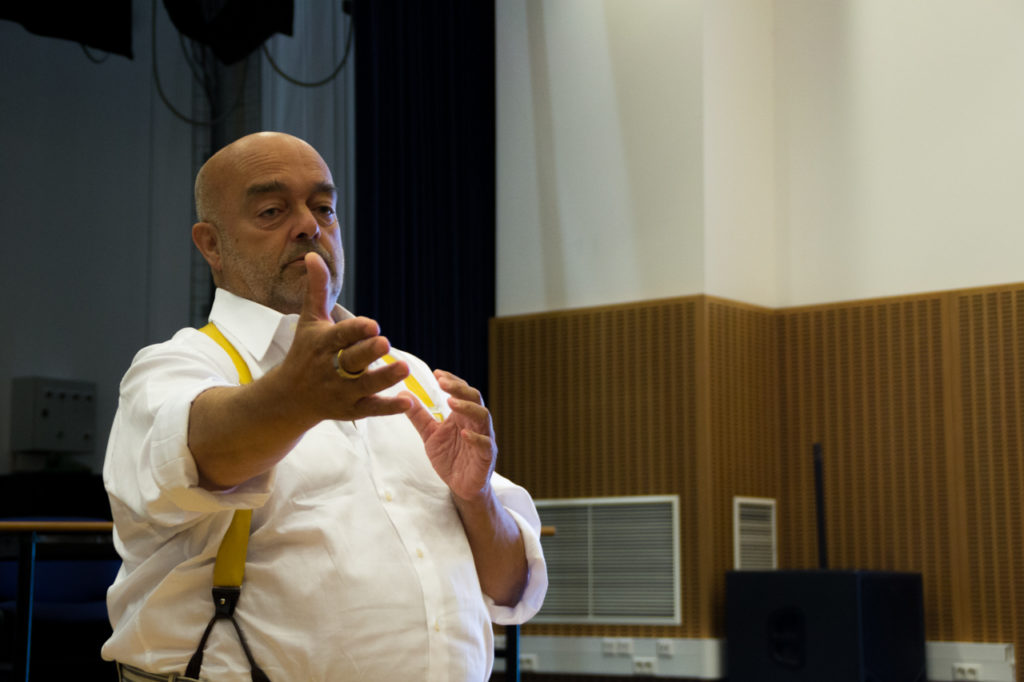
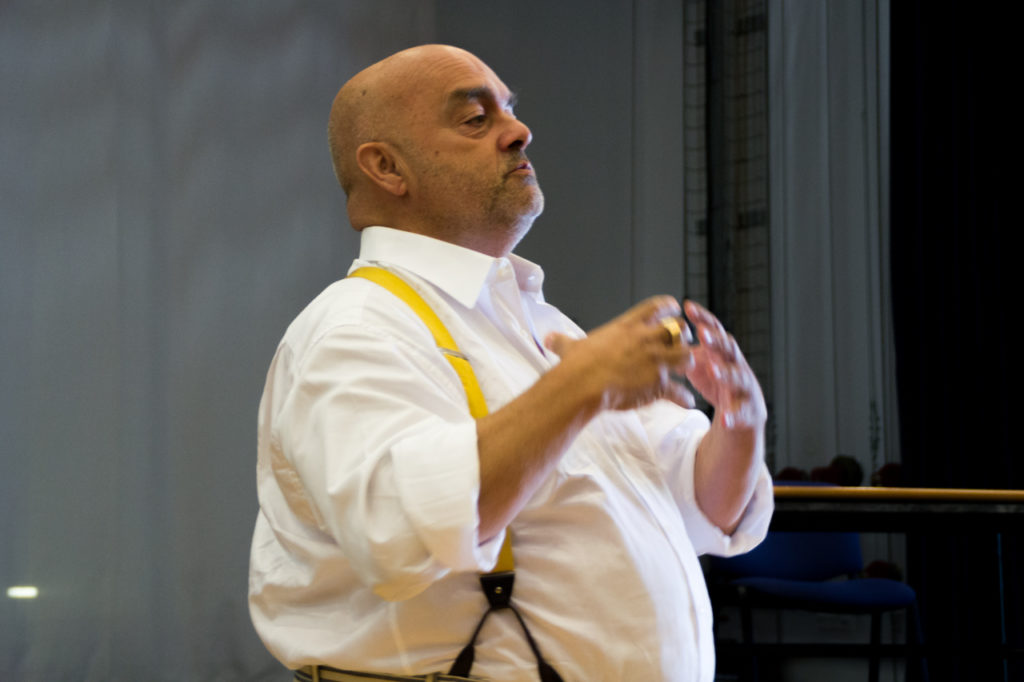
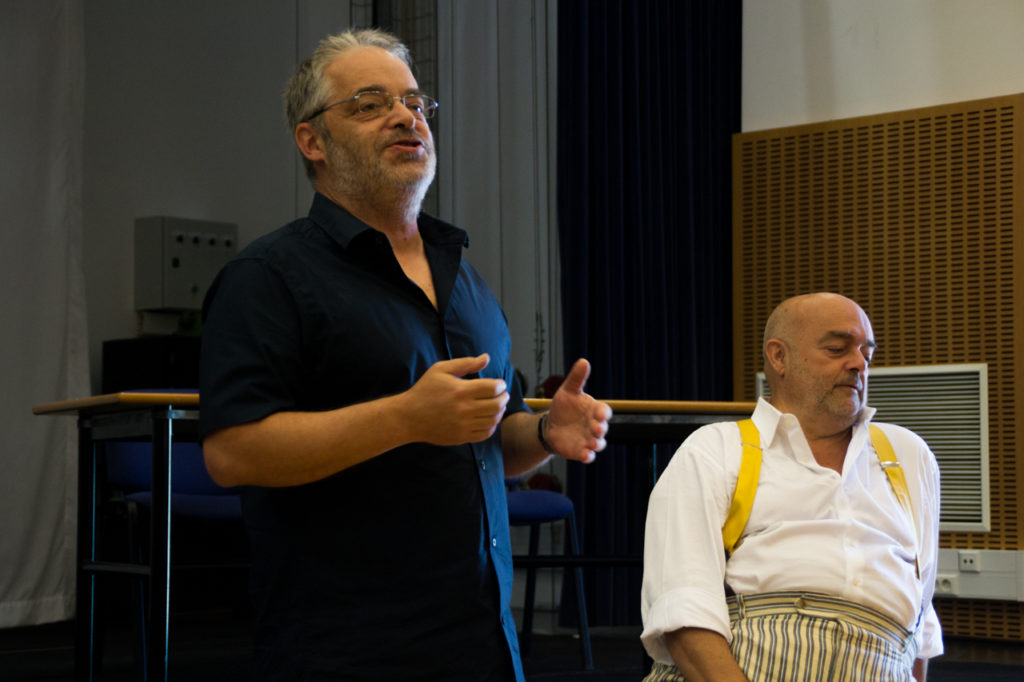
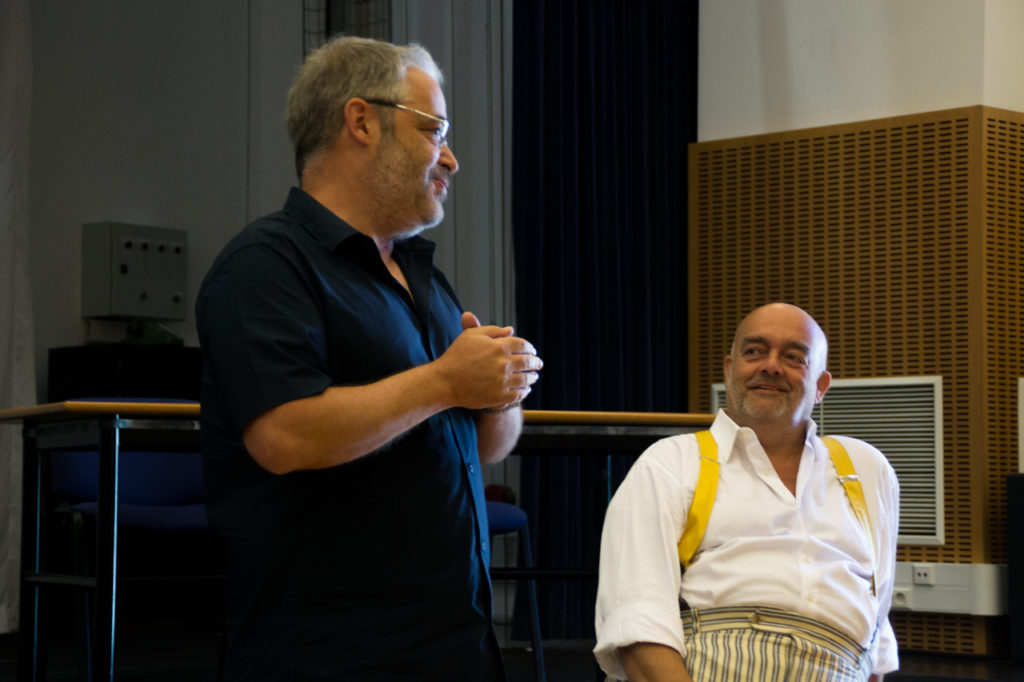
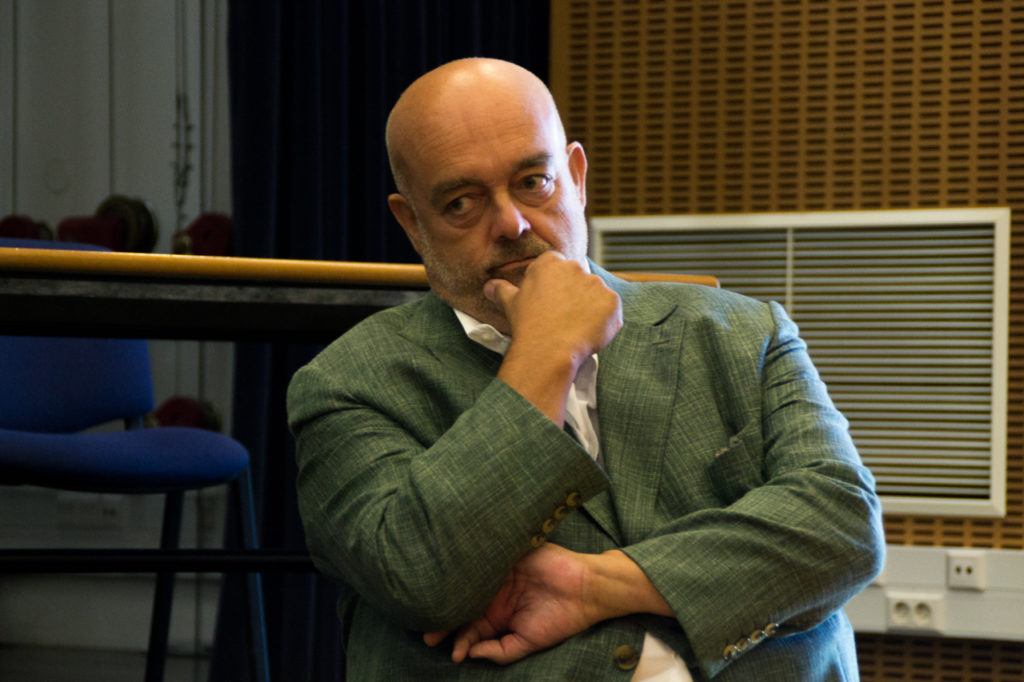
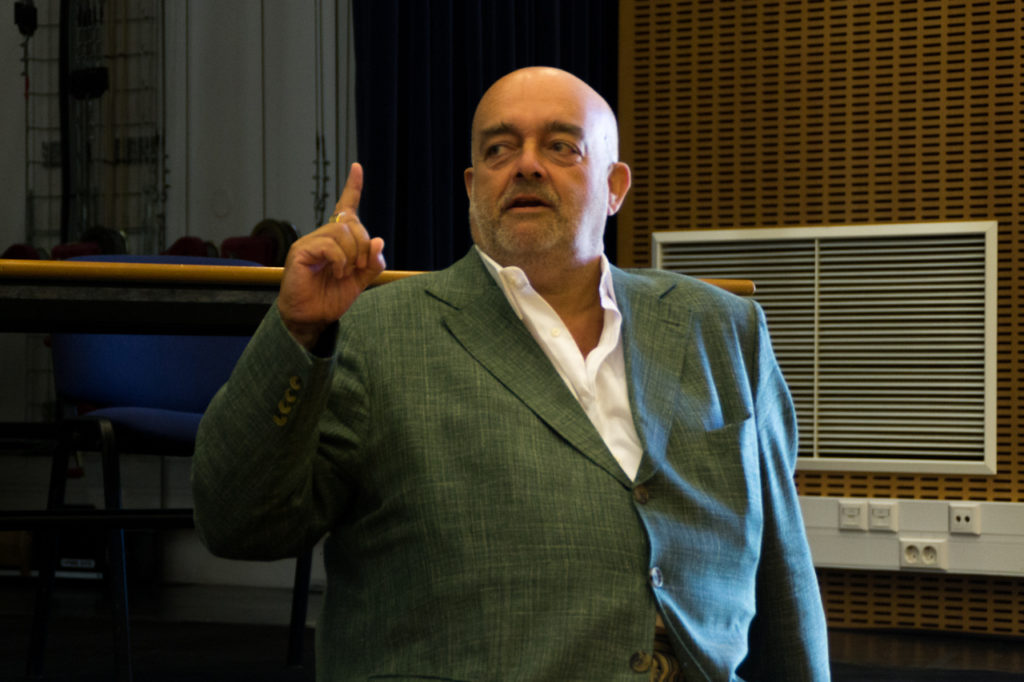
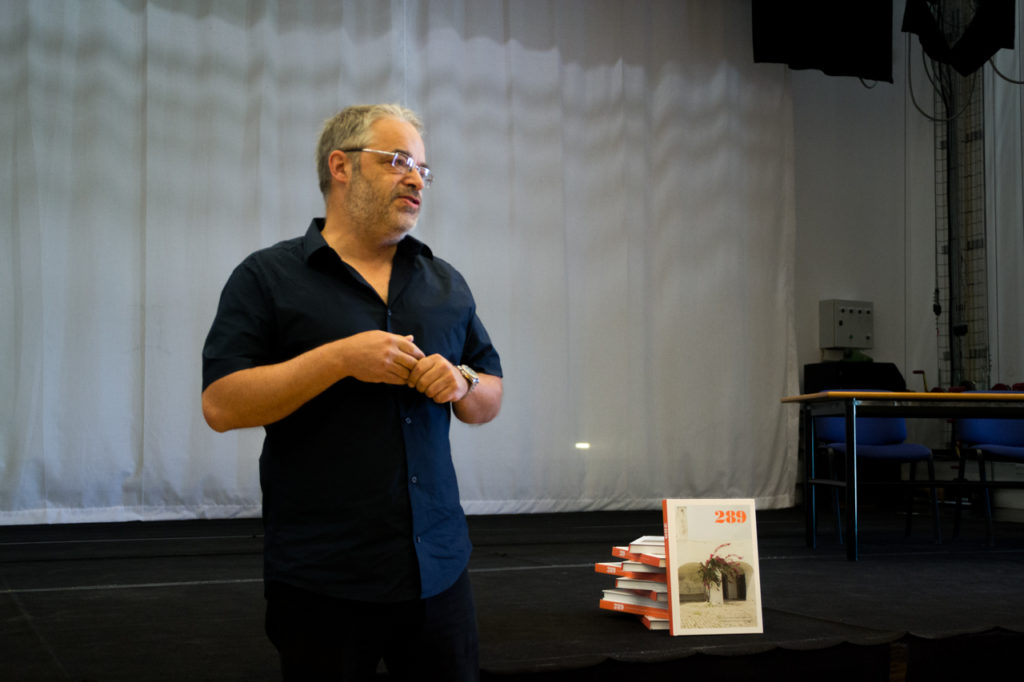
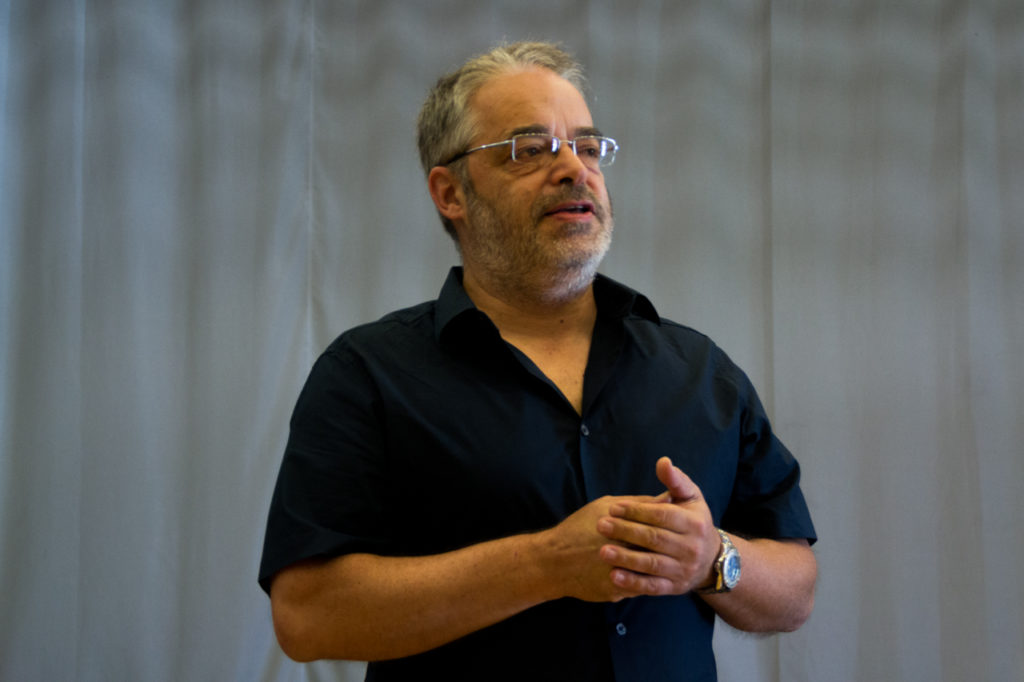
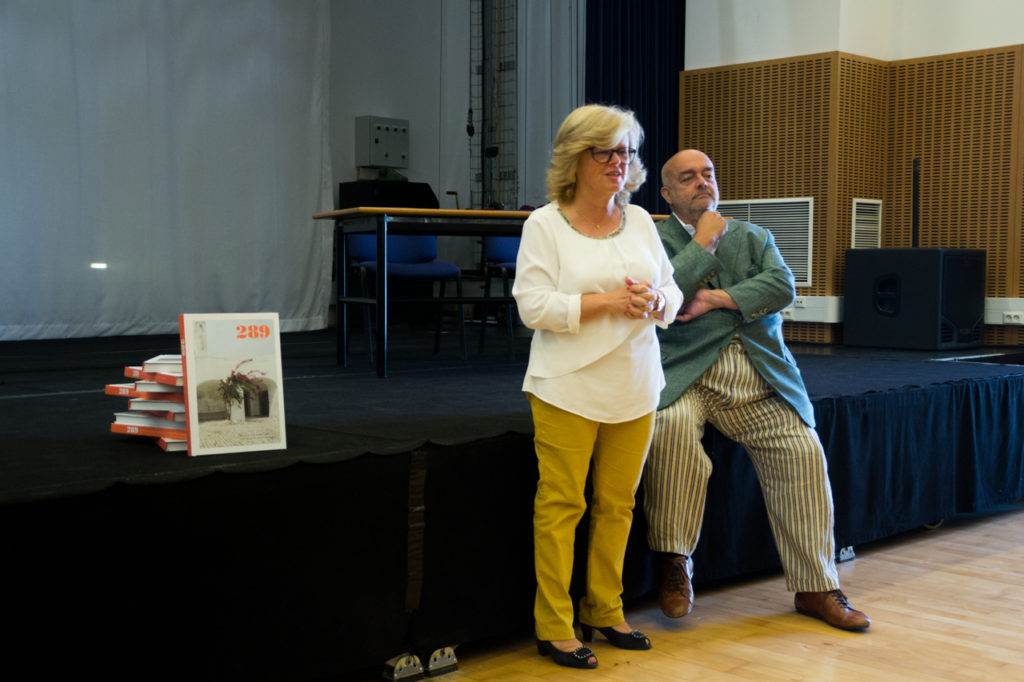
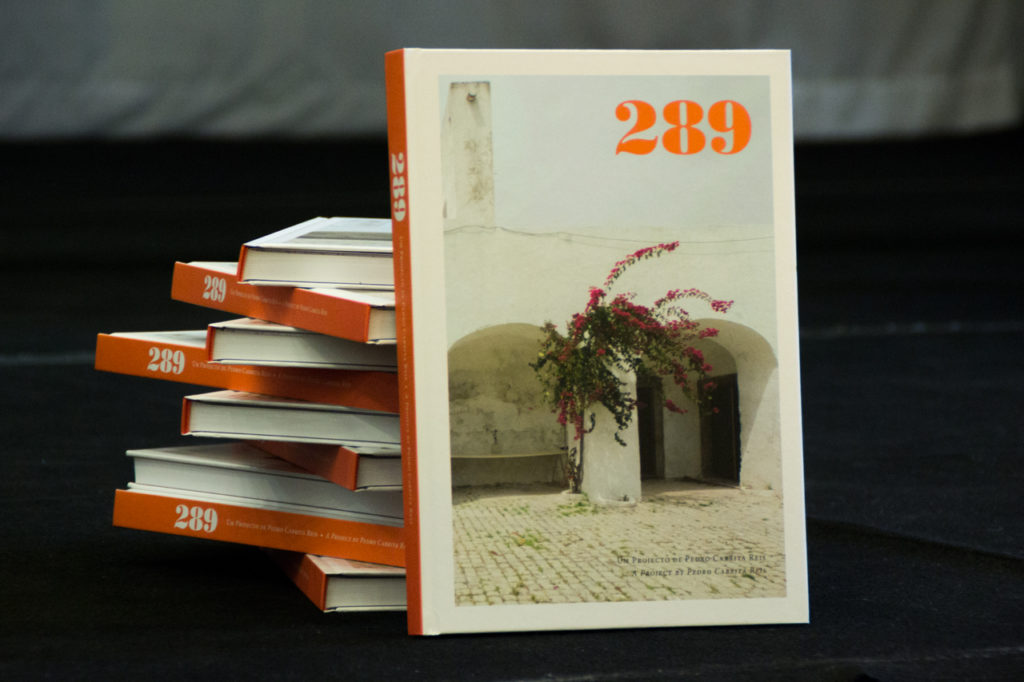


















Comments